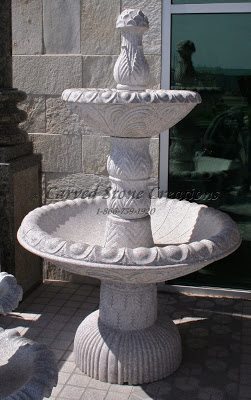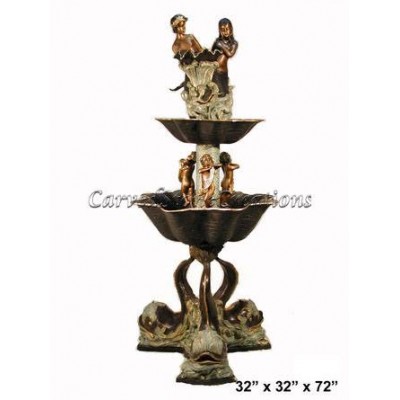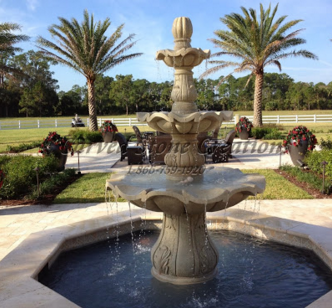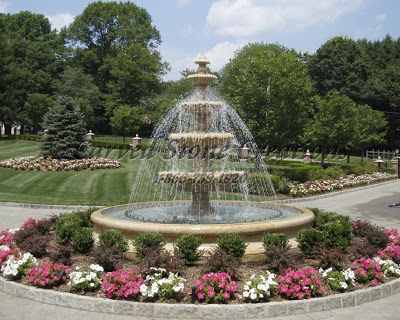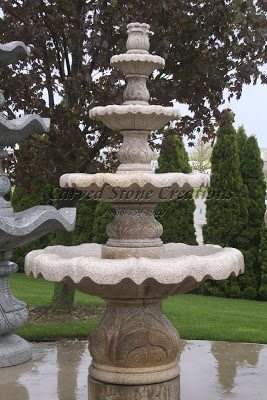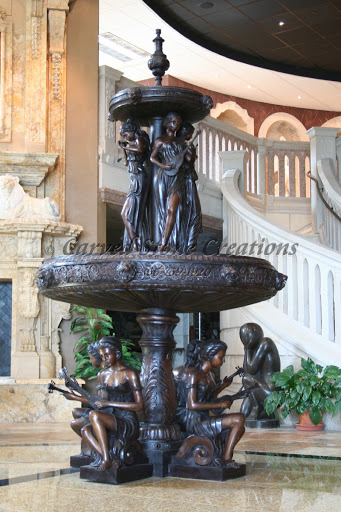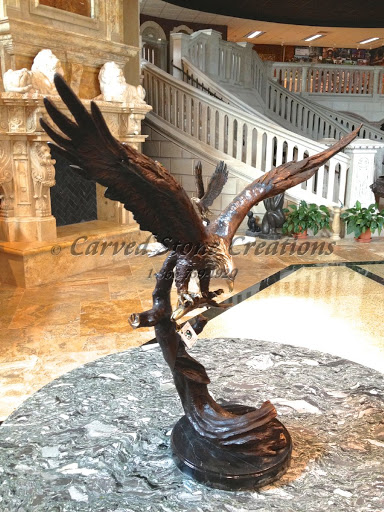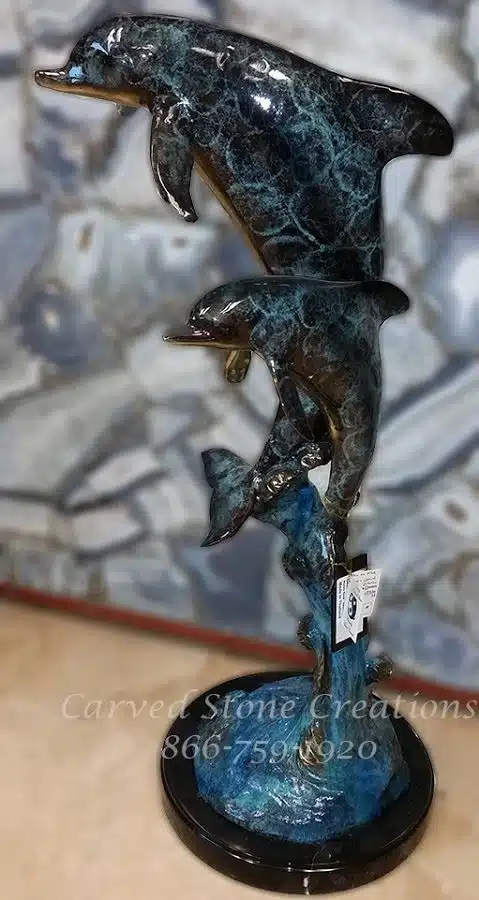A bronze fountain is a perfect way to add timeless class to your garden. No matter the size of your outdoor space, a water feature adds a unique style that’ll impress. However, when you invest in such a stunning landscaping feature, you’ll want to make sure it’s noticed.
Create your landscaping designs with these hot tips to avoid losing the striking effect of your unique fountain feature.
3 Tips to Turn Your Bronze Fountain into a Stunning Garden Feature
Simple, yet effective, these three tips will highlight your fountain as a key feature in your landscaped garden.
1.Clear the Space
Avoid hiding your fountain behind lots of foliage. It deserves pride of place, so clear the area around the pedestal and bronze figures to make sure the fountain stands out at every angle.
Fountain features work well placed on wide pathways that allow people to step back and admire the sculpture. Keep border shrubs low to create a visual contrast in feature heights and really make your outdoor fountain stand out.
Consider making the space around your fountain more inviting by placing a seating area nearby. This will allow people to view and admire the feature, as well as take on the calming benefits of listening to running water.
2. Light It Up
Your fountain deserves to be seen at every hour of the day. Invest in garden spotlights angled towards the feature to make sure it is just as stunning at night as during the day.
Use warm and neutral LED lighting, compared to a cooler color temperature, to magnify the natural warmth of the bronze features.
Light from a range of angles, too. This will ensure the full fountain features can be seen at night, with none of the intricate details lost in darkness.
You can even lead the way to your fountain feature in your landscape garden by lighting the pathway with inviting spotlights or subtle string lights in the foliage.
3. Use Subtle Pointers
Use features in your overall landscape design to lead people towards your fountain feature, both physically and visually. Inviting pathways encourage people to walk up to your water feature. You can also use foliage – and the absence of it around the fountain – to create a contrast in visual texture.
Archways, garden seats, and subtle lighting can also be used to create a natural path that draws people towards your garden fountain. You could even use figure statues to gently guide the way as they face towards, or point to, the water feature from afar.
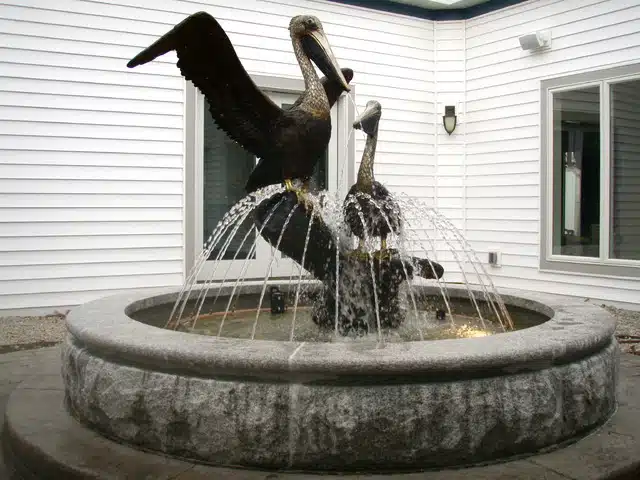
Use a Custom Design for a Truly Unique Feature Fountain
Landscaping is an extension of your personal style, so it’s important to find a bronze fountain that reflects your unique taste.
From wildlife-inspired figures to Renaissance cherubs or minimalist sculptures, a custom design is guaranteed to be an attractive centerpiece for your garden landscape.
Talk to us today about your vision and see how we can work with you to create a stunning fountain that makes your dreams of a perfect garden a reality.
